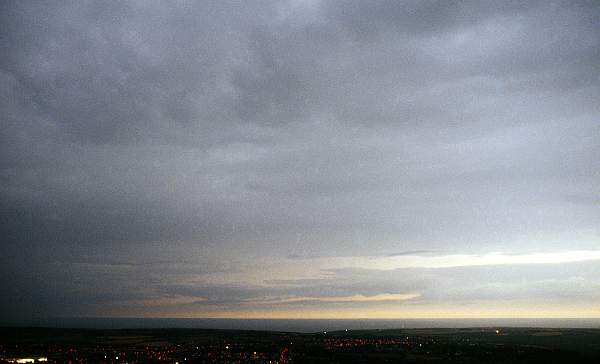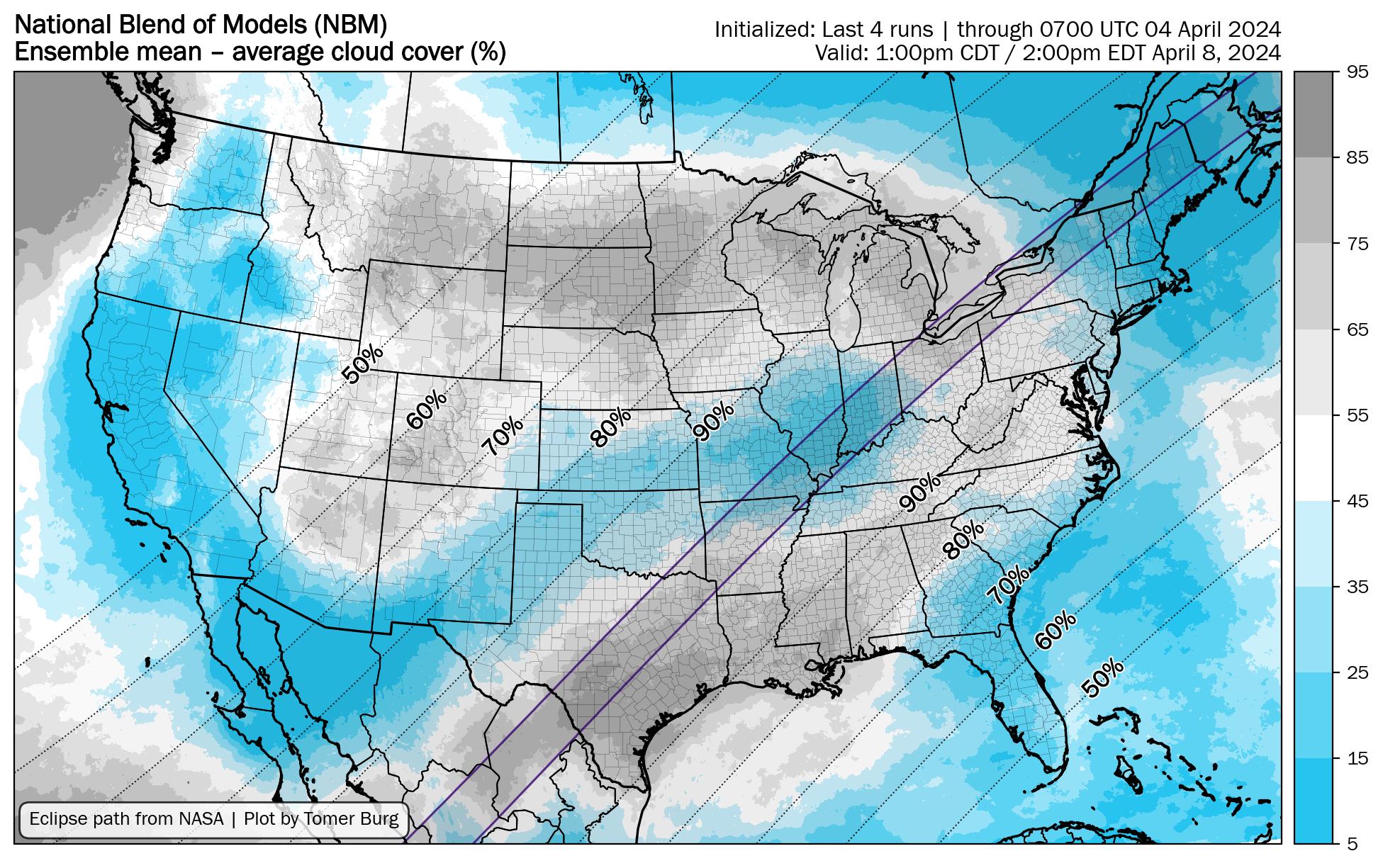My answer is obviously a bit late for yesterday's eclipse, but it may still be of interest for future ones:
I observed the 1999 total eclipse from the UK and went to the observation location with the specific intention not only to take the usual eclipse photographs (corona etc) but also try to take photographs of the Moon's shadow as it went past. Inspired by satellite images like this,

I reckoned it should be possible to photograph the Moon's shadow from a vantage point a couple of hundred meters high in an otherwise more or less flat and uniform landscape. So I made out a suitable hill in the area from where to observe the eclipse. My original plan was thus to use a wide angle lens on my camera to record the Moon's shadow shortly before totality, then swap to a telephoto lens for the close up shots of the Sun's corona (I practised the lens swap in darkness at home before), and then swap it back to the wide angle lens. Due to the overcast sky (in fact it was even raining slightly as far as I remember) I did not need the telephoto lens though and could concentrate on the landscape shots. This is what I got

1 hour 15 min before totality
$$\\\\$$

50 sec before totality; Moon's shadow approaching (bottom left)
$$\\\\$$

30 sec before totality; Moon's shadow closing in
$$\\\\$$

15 sec before totality; darkness falls
$$\\\\$$

Totality; virtual night (locally)
$$\\\\$$
Due to the orientation of the shadow ellipse the photos after totality don't show the shadow location as well (it also went bright again a lot quicker than it went dark), so I am leaving those out here.
It just goes to show that with a multiple options strategy, you still can get something worthwile and certainly memorable out of the event, even in the case of unfavorable weather.







